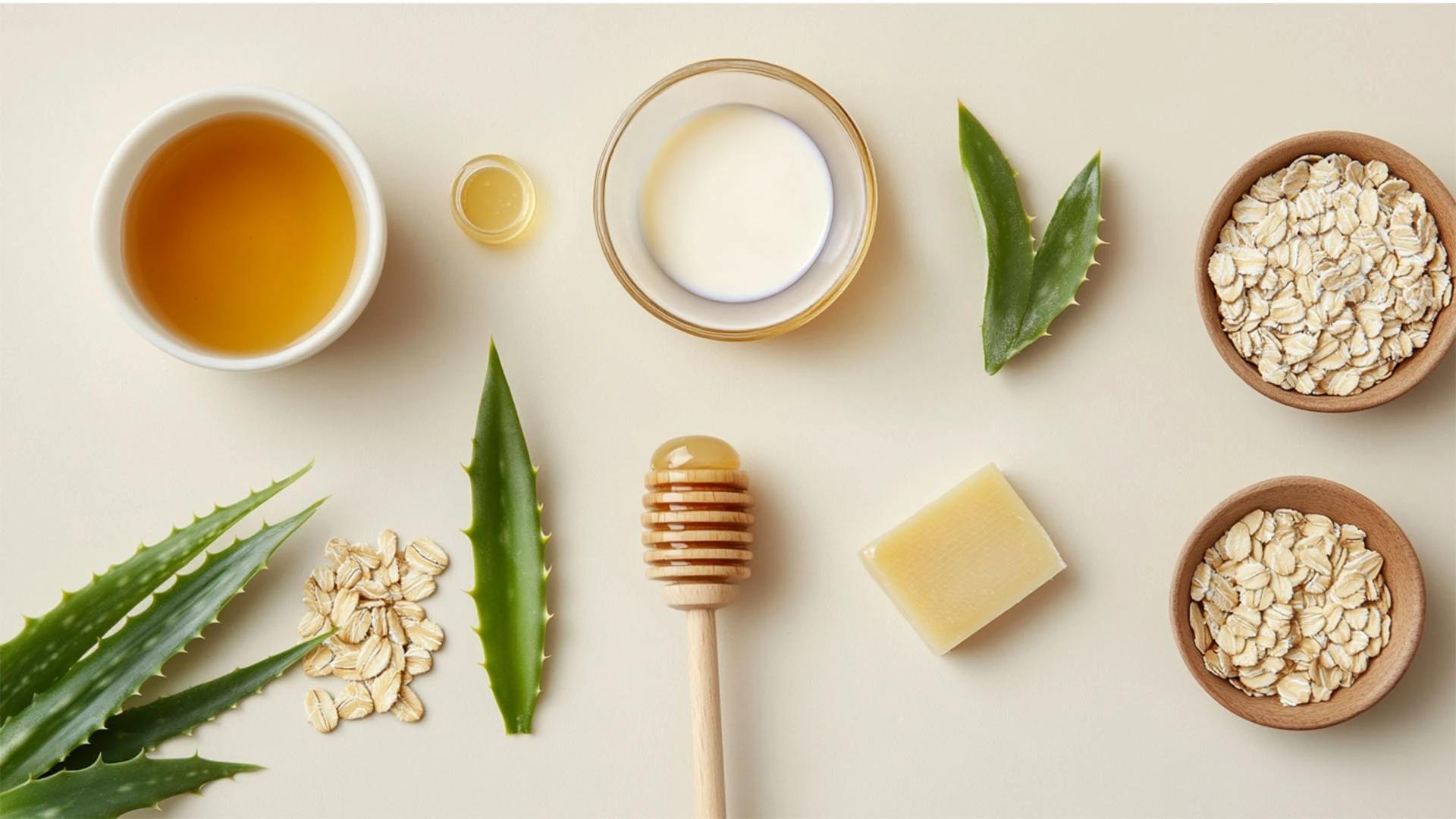Signs of Abnormal Hair Growth or Loss
Consider professional help if you notice:
• Sudden increase in hair shedding
• Patches of hair loss
• Hair that's become noticeably thinner
• Growth that's significantly slower than 0.5cm per month
• Scalp conditions that don't improve with over-the-counter treatments
Professional Hair Growth Assessment Methods
Trichologists and dermatologists use advanced tools like digital scalp analysis and hair density measurements. They can identify issues you might miss and recommend targeted treatments. Sometimes what seems like slow growth is actually breakage or an underlying condition that's totally treatable.
Frequently Asked Questions
How much does hair typically grow in a month?
The average hair growth rate is about 1.25cm per month, though this can vary from 0.5cm to 1.5cm depending on individual factors like genetics, age, and overall health.
Can I make my hair grow faster?
While you can't dramatically change your genetic growth rate, maintaining good scalp health, eating well, managing stress, and using proper haircare techniques can help you reach your hair's maximum growth potential.
How often should I measure my hair growth?
Monthly measurements work best. Measuring more frequently won't show meaningful changes, while longer gaps make it harder to track progress and identify what's working.
Does hair grow faster in certain seasons?
Some people report faster growth in summer months, possibly due to increased blood circulation from warmer weather and more sunlight boosting vitamin D levels.
Can certain hairstyles affect hair growth measurement?
Tight hairstyles can cause breakage that makes growth appear slower. For accurate measurements, avoid styles that put tension on your hair and always measure with hair in its natural state.
Key Takeaways
Measuring your monthly hair growth isn't just about the numbers—it's about understanding your hair's unique patterns and what influences them. Consistency in measurement technique, proper nutrition, scalp health, stress management, and a solid haircare routine all play crucial roles in both promoting faster hair growth and getting accurate measurements.
The journey to healthier, longer hair often involves trying different products to find what works best for your specific needs. That's where exploring curated haircare options becomes invaluable. Smytten is India's largest product discovery and trial platform, connecting consumers with top lifestyle, beauty, wellness, and grooming brands. At its core, Smytten offers curated trial packs - mini-sized products from over 1,500 trusted brands. This lets users explore and experience products before committing to full-size purchases. Each mini is linked with Trial Points, and users can get up to 8 minis for just ₹249. Plus, Smytten offers 100% cashback on the purchase of these minis, redeemable in the shop section for future orders, making product discovery both affordable and rewarding.
Remember, healthy hair growth is a marathon, not a sprint. Stay consistent with your measurements, be patient with the process, and celebrate those small monthly gains. Your hair's telling its own story—these seven secrets just help you read it better.
